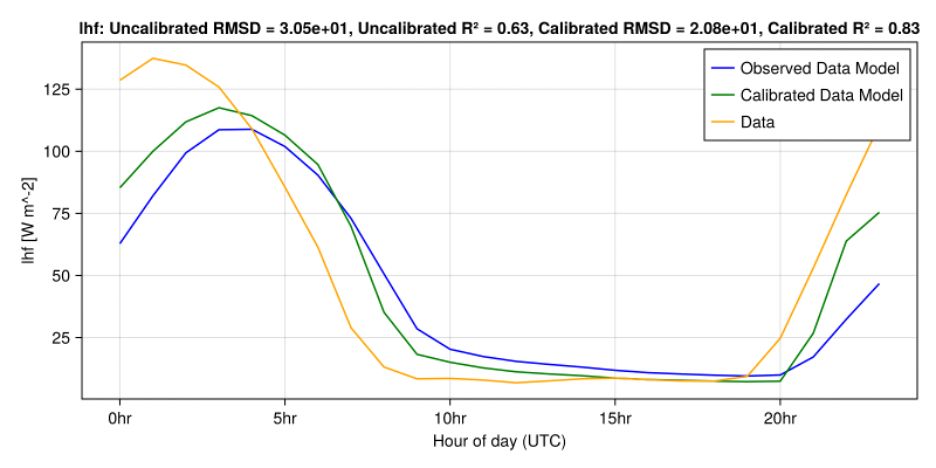
clima.caltech.edu/blog
Over a 10-week summer period, the CliMA project welcomed three Summer Undergraduate Research Fellowship (SURF) interns. These undergraduate students were mentored by CliMA project scientists and software engineers on individual research projects…

Over a 10-week summer period, the CliMA project welcomed three Summer Undergraduate Research Fellowship (SURF) interns. These undergraduate students were mentored by CliMA project scientists and software engineers on individual research projects…
By Renato Braghiere Vegetation plays a critical role in regulating Earth’s climate by absorbing sunlight, exchanging moisture with the atmosphere, and sequestering carbon. Yet, how vegetation is represented in climate models has remained surprisingly…

By Renato Braghiere Vegetation plays a critical role in regulating Earth’s climate by absorbing sunlight, exchanging moisture with the atmosphere, and sequestering carbon. Yet, how vegetation is represented in climate models has remained surprisingly…
The ocean contains a system of currents that connects different ocean basins. A significant feature of this system is found in the Atlantic Ocean basin and often referred to as the Atlantic meridional overturning circulation (AMOC). The AMOC is…

The ocean contains a system of currents that connects different ocean basins. A significant feature of this system is found in the Atlantic Ocean basin and often referred to as the Atlantic meridional overturning circulation (AMOC). The AMOC is…
🔗 clima.caltech.edu/2025/04/30/h...
#ClimateScience #OceanModeling #HPC #JuliaLang

🔗 clima.caltech.edu/2025/04/30/h...
#ClimateScience #OceanModeling #HPC #JuliaLang

Read all about it in our new JOSS article: doi.org/10.21105/jos...

Read all about it in our new JOSS article: doi.org/10.21105/jos...



